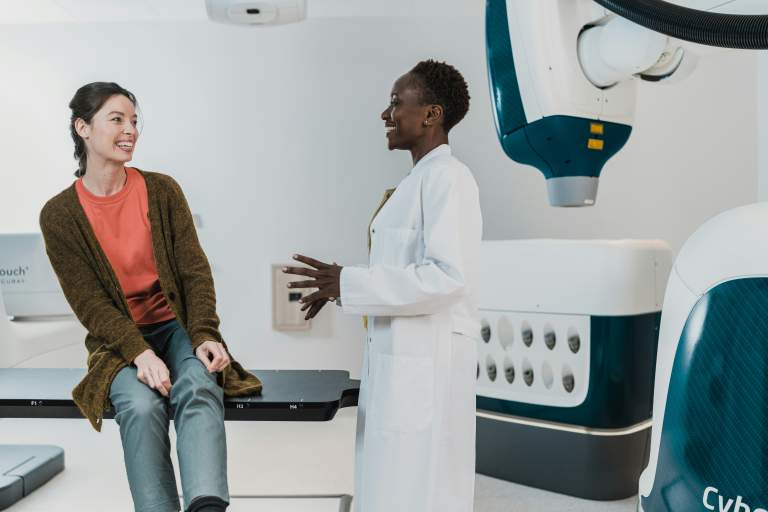Did You Know?

How to Diagnose Peripheral Nerve Entrapments
Posted March 6, 2025
Diagnosing peripheral nerve entrapments involves using tools like ultrasound and electrodiagnostic tests to evaluate nerve size and function, guiding treatment decisions.
Accurate diagnosis is crucial for selecting the right treatment for peripheral nerve entrapments. Diagnostic Ultrasound is one of the most effective tools in this process. It provides a clear image of the nerve’s anatomy, allowing physicians to assess the size of the nerve and detect any compression or entrapment. A circumferential measurement of the nerve is taken, and the results are compared to the asymptomatic side. By using standardized measurements, doctors can track changes in the nerve’s size over time.
Following an injection of D5W for Hydrodissection, it’s essential to repeat the ultrasound at four weeks to see if there has been a reduction in nerve size. If the size has decreased, the condition is improving, but if no change is observed, further intervention may be necessary. In some cases, another injection of D5W may be administered. If the nerve size has returned to normal, then the treatment is likely complete.
In cases where the size of the nerve remains unchanged or there are ongoing symptoms, Electrodiagnostic testing becomes necessary. This includes Nerve Conduction Velocity (NCV) and Electromyography (EMG), which assess the physiology of the nerve. NCV measures the speed at which electrical impulses travel along the nerve, while EMG evaluates muscle excitability, which can be impacted by nerve damage.
If these tests indicate severe nerve damage, surgical decompression may be necessary to relieve pressure on the nerve. For mild to moderate nerve damage, it may be appropriate to consider a repeat Hydrodissection with D5W. If two to three procedures have not shown significant improvement, Platelet Rich Plasma (PRP) injections should be considered as a second-line treatment.